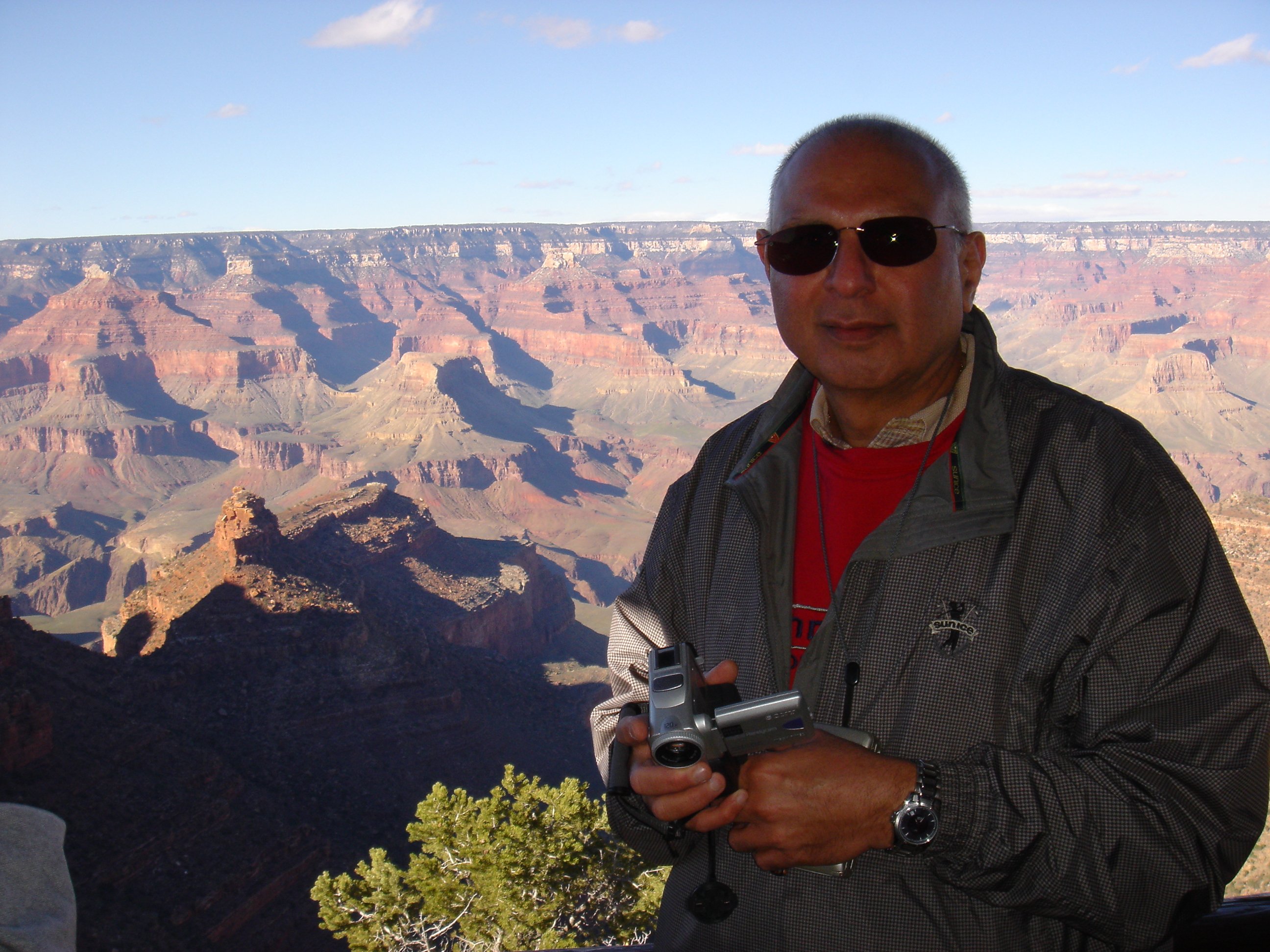In Canada, one in four pregnancies is unintended and unwanted. In 2001 over 106,000 abortions were performed. Of these, 20,000 were in women under 20 years of age. This happens in spite of wide spread availability of contraceptives.
Studies have shown that a sexually active teenager, who does not use contraceptives, has a 90 percent chance of becoming pregnant within one year. The contraceptive method teenage women most frequently use is the pill (44 percent), and condom (38 percent). About 10 percent of them rely on the injectable contraceptive, four percent on withdrawal method and three percent on contraceptive implant.
Compared to an older person, a sexually active teenager is less likely to use contraception on a regular basis. This further increases the risk of unwanted pregnancy.
About 80 percent of teen pregnancies are unplanned. Unwanted pregnancy imposes significant emotional and financial burden on the people involved and their families.
Teens are also known to engage in unprotected sex and one in four teens acquires sexually transmitted disease like venereal warts, HIV, genital herpes, Chlamydia and gonorrhea.
The subject of unwanted pregnancy brings us to the subject of the morning-after pill called levonorgestrel or Plan B. According to an article in the Canadian Medical Association Journal (CMAJ), levonorgestrel has been available in Canada by prescription since 2000. A first dose taken within 72 hours of unprotected intercourse, followed by a second 12 hours later, is highly effective in preventing ovulation, fertilization and implantation.
What has changed is the morning-after pill is now available without a doctors prescription. This will allow pharmacists to dispense the oral contraceptive morning-after pill to women directly when they need it. The woman who needs the morning-after pill will consult with the pharmacist who will provide counseling on the contraceptive options.
The move is not without controversy. The CMAJ article questions the need for professional consultation with pharmacists (consultation fees to be paid by the patient) and questions the availability of privacy in a pharmacy for consultation, discussion and counseling.
These concerns have been refuted by the National Association of Pharmacy Regulatory Authorities and other pharmacists. But there are pharmacists, doctors and women who agree and disagree with the availability of levonorgestrel without prescription.
The main advantages are:
-the pill will be available without a prescription on week-ends and holidays when doctors offices are closed,
-the patient will not have to wait and agonize in emergency department waiting rooms to see a physician for a prescription, and
-it will reduce the number of abortions.
But the critics fear that this will encourage teenage sexual promiscuity and increase the incidence of sexually transmitted diseases.
The article says that levonorgestrel has shown no serious side-effects to the woman or to the fetus if the woman happens to be pregnant. The cost of the prescription and counseling is expected to be around $40.
Thought for the week:
Age is not important unless youre a cheese. – Helen Hayes
Start reading the preview of my book A Doctor's Journey for free on Amazon. Available on Kindle for $2.99!

